Since Extreme E’s inception the series has always made clear its intentions to ensure awareness is raised about the effect global warming is having on the world.
It’s easy to talk about what’s wrong in the world and blame others but, if you’re going to shout about it, you better make sure your house is in order first.
And while the all-electric Odyssey 21 used by the teams is all well and good, there’s one glaringly obvious issue: the St Helena.
That’s right, the 105-meter-long ex-Royal Mail ship that transports the entire XE operation around the world uses fossil fuels. It’s the polar opposite of what the championship is trying to promote.
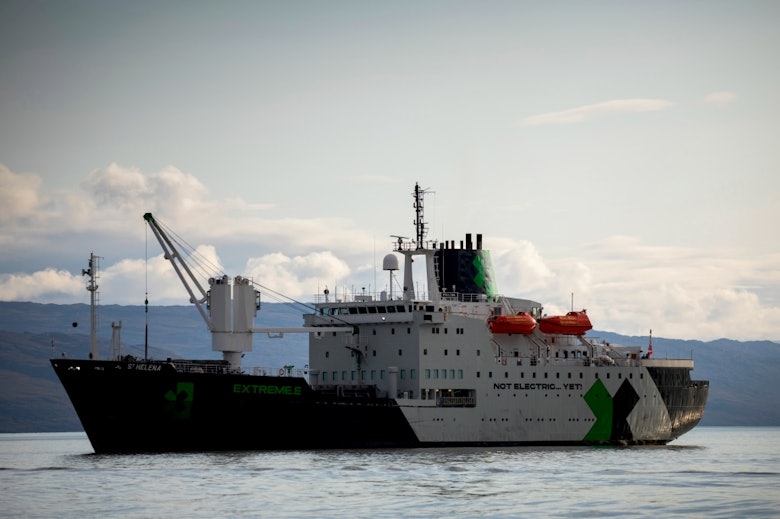
On the face of it, it’s not a great look for a series that is trying to encourage society to be eco-friendly, especially when the St Helena consumes 10 tons of fuel a day just on one engine while at sea in order to maintain a constant speed of 10 knots.
The ship does have a second engine, but it’s very rarely used. If it was, it would use another 10 tonnes a day but would only produce an additional four knots of speed.
The average distance covered at 10 knots is just 248 miles a day, which doesn’t seem like a huge amount of distance for such a huge amount of fuel. But it’s not quite that simple.
Of course, looking at those stats in isolation doesn’t make for great reading, but it doesn’t tell the whole story.

Firstly, you need to consider how much fuel and how many emissions would be burned if everything was to be sent by plane.
Return flights, using multiple planes, and being used several times a year, would burn a lot of fuel. But it’s also not necessarily practical to use planes either, especially when considering how remote some of the places XE has visited are.
It wouldn’t be practical to land two or three Boeing 747s in the middle of the wilderness in Greenland, but with a ship you can get close.
There’s also the secondary usage of the ship. The St Helena is also being used by scientists to conduct research and to understand what can be done to aid the fight against climate change in the future. By using the St Helena, XE can also boast it has prolonged the service of a ship that would likely be left to rot, something that would have its own impact on the environment.
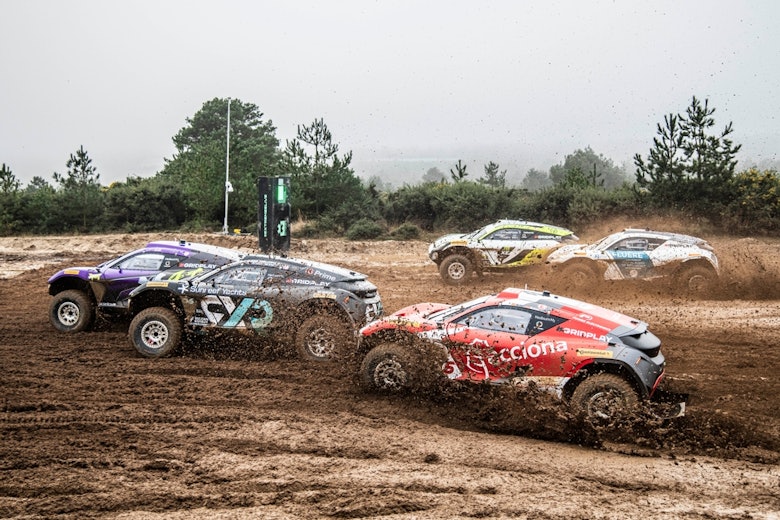
The ship is a feature of the championship that’s impact on the climate could be debated for an eternity, but it shouldn’t be forgotten what XE has already achieved this year beyond raising awareness about global warming.
XE is trying to put its money where its mouth is. Of course, not everything is perfect, but you have to remember that this is its first year of competition. It was always going to be a work in progress and when it comes to St Helena, that’s definitely the case.
The series accepts it’s not ideal the ship runs totally on fossil fuels, but it is trying to address that for the future by exploring how it can make at least part of, if not all, the St Helena run on electric power.
But within the paddock there has been real progress.
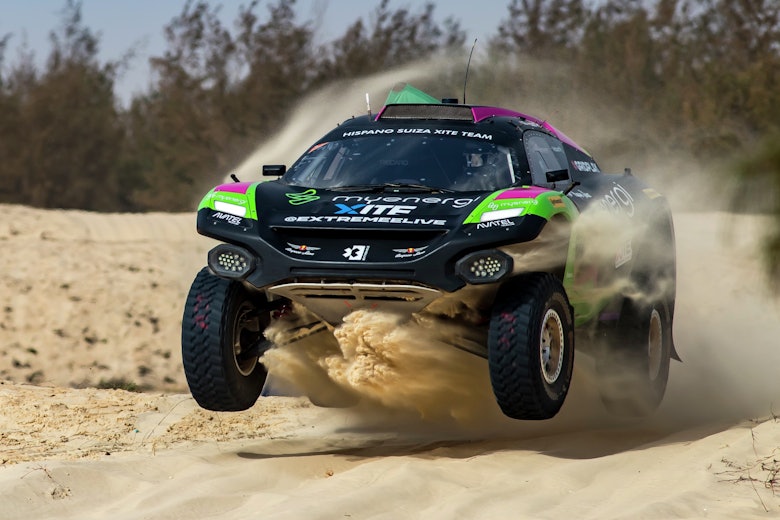
Obviously the cars are fully electric, but XE is using an innovative way to charge them.
Going to remote areas of the world, it’s simply not possible to use the standard electric charging points that are becoming more commonplace in daily life. The infrastructure doesn’t exist.
So how does XE charge the cars? Put simply, via hydrogen.
XE’s power supplier AFC Energy uses a hydrogen fuel cell to provide electricity to the cars, but that doesn’t mean it has to cart around huge amounts of hydrogen in order to do it.
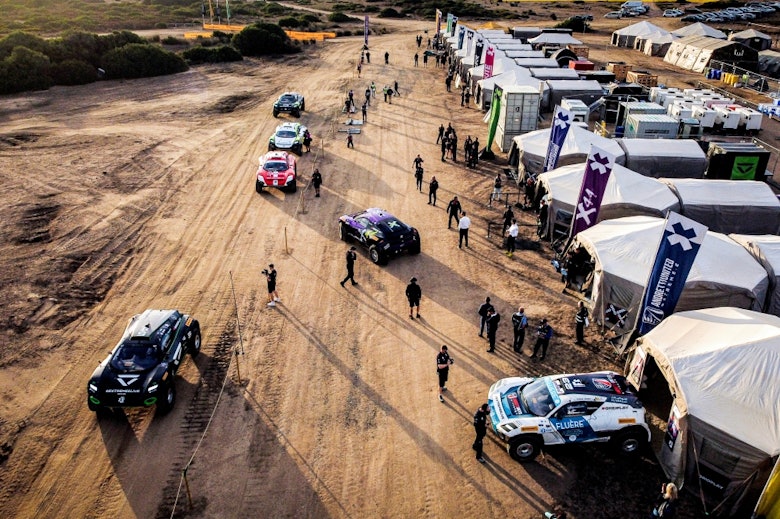
It has developed a way in which to generate its own hydrogen on-site. Solar panels generate some electricity so hydrogen can be created in an electrolyzer, then the hydrogen is stored in the fuel cell ready for use. It means that the fuel going into the Odyssey 21s is clean, totally renewable, and very little harm is being caused to the environment.
And it’s not on a small scale. Over the course of an XE weekend, the power produced in the hydrogen cell would be enough to power around 3000 homes for a few hours. No small feat for a unit that’s extremely small in size when compared to national grid industrial plants.
At the moment the rest of the paddock is powered by generators. Historically these generators would have been fueled by diesel, but XE has replaced the diesel with a HVO fuel, effectively using a type of vegetable oil to ensure there’s power on site.
Again, it’s not the end of the road on the power front. Having assessed the potential that the hydrogen cell could provide, XE wants to be able to use this system to fuel its entire operation in the future.

Achieving that would mean the series could truly boast that it’s clean and using 100% renewable sources of fuel.
This alone would be achievement enough for a series just ending its first year, but the championship has tried to push the boundaries in as many areas as possible, including with its tires.
Continental had an unenviable task for this year: produce a tire that is able to cope with extremely demanding environments and surfaces, that is incredibly durable and produced using green materials and that can be recyclable.
Rather than balking at the idea, it stepped up to the challenge and the results are impressive.
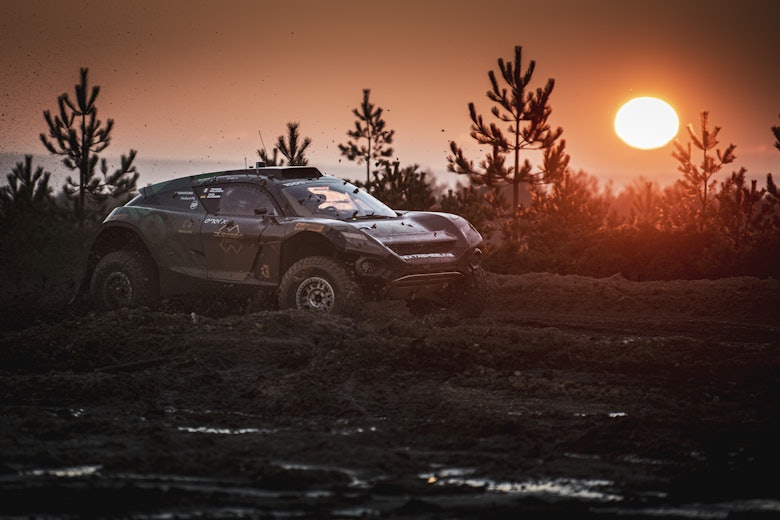
Each of the XE tires has been produced using latex, a material often found within the roots of dandelion. And development over the course of 2020 resulted in a tire that has been able to cope with the demands of sand, gravel, rocks and mud, all without causing much degradation.
The tires are also almost completely recyclable. Continental estimates that nearly all of the tire can be recycled – it depends how this is done, but it’s possible for nearly 98% of the rubber to be re-used. The rubber can then be used to generate new tires or used in other forms.
Continental produced between 700-800 tires for this year, a total that includes its development tires. That’s understandable when you consider it didn’t know how the tires would fare before the opening round. But now it has the proof they can cope with the demands without any issues and little wear, it’s looking to halve the number of tires used in 2022.
It would be easy to judge XE based on one negative element. Of course, the ship is probably the biggest asset the series has in terms of its physical size, and the way it’s used means its fuel usage is always going to produce eye-popping numbers.
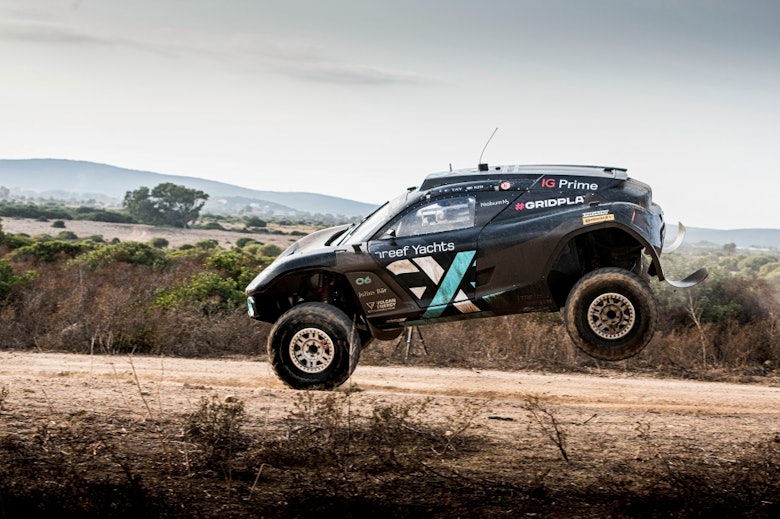
But it shouldn’t detract from what XE has achieved in driving the use of renewable and sustainable fuels.
Nobody ever gets everything right the first time, it’s almost impossible to do so, especially on such a global scale. But as first attempts go, in a racing environment like no other, you have to consider its achievements a success.
And if it can continue to improve on its current trajectory there’s no doubt it will become the leading innovator in sustainable energy within motorsport, something that will force other series to really look up, take note, and take action.





